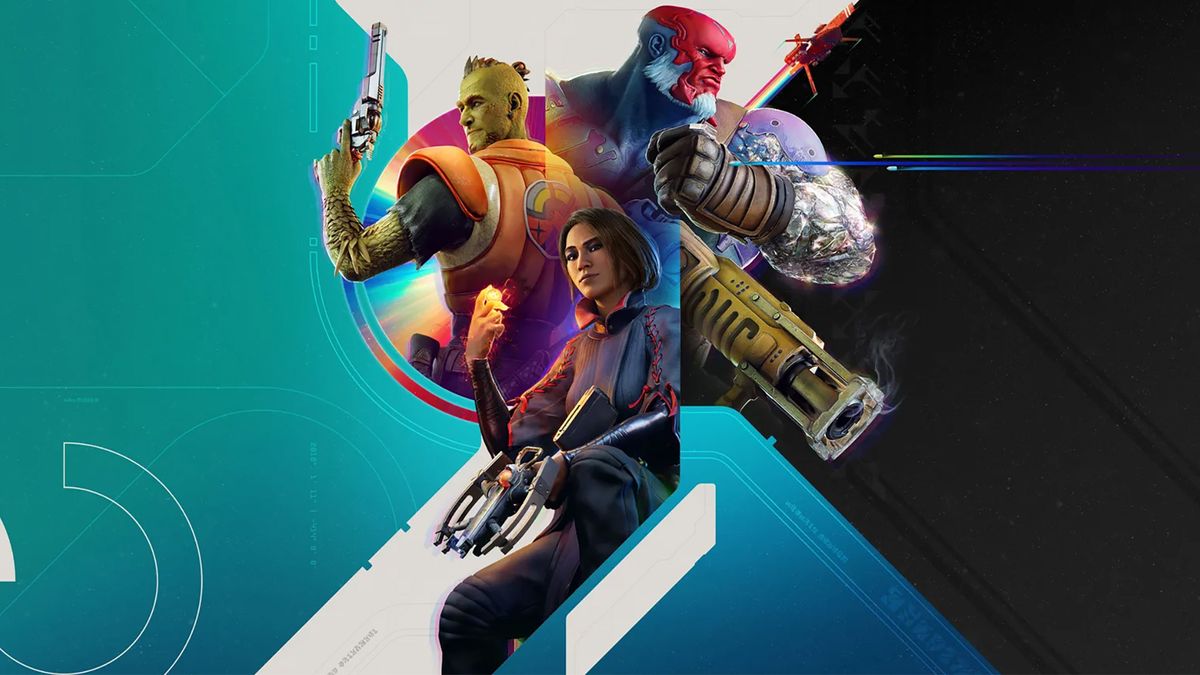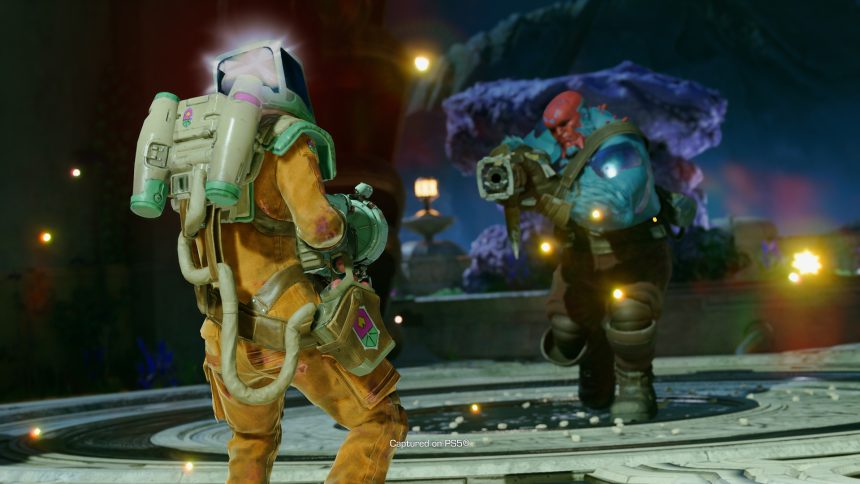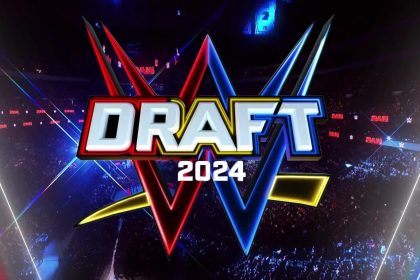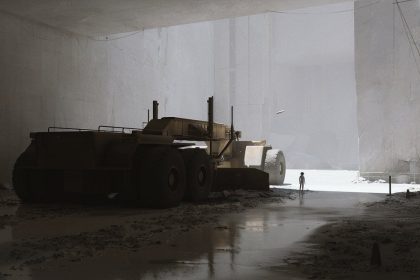Firewalk Studios, a PlayStation-owned developer, is eagerly anticipating the release of their sci-fi hero shooter, Concord, which has been in development for eight years. As the launch approaches, the team, including director Kim Kreines, lead character designer Jon Weisnewski, and lead gameplay designer Claude Jerome, is feeling a mix of exhaustion and excitement, having stayed up late to play the game before its release.
The team at Firewalk Studios is aware of the competitive landscape of hero shooters, with games like Marvel Rivals and FragPunk also entering the market this year. With Valve’s Deadlock on the horizon, Firewalk is keen on differentiating Concord by focusing on unique aspects that set it apart from other titles in the genre.
Jon Weisnewski reflects on the emotional weight of launching a game after years of development, emphasizing the sense of fulfillment that comes with finally sharing their work with the community. Kim Kreines highlights the transition of the game from an internal project to a public release as a pivotal moment for the team, reinforcing the purpose behind their efforts.

Concord’s long development cycle has coincided with the rise and fall of games like Overwatch. Weisnewski notes that the team drew valuable lessons from past successes and failures in the genre, including insights from developers who had worked on Overwatch. These lessons helped Firewalk create a distinct identity for Concord, setting it apart from its predecessors.
Claude Jerome explains the innovative approach taken in Concord’s design, including the incorporation of asymmetrical elements. Unlike traditional hero shooters with defined roles like healer or tank, Concord’s characters vary significantly in size and abilities, which affects gameplay dynamics and balance. This approach creates a unique experience that deviates from conventional norms.
According to Jerome, the negative reception of Overwatch 2 did not directly influence Concord’s design. Instead, the team focused on their own set of challenges and creative solutions. By embracing asymmetry and unique character traits, Firewalk aimed to deliver a fresh and engaging experience that stands out from other games in the genre.
Regarding balance, Weisnewski notes that initial character designs were driven more by unique combat identities than by balance considerations. As development progressed, the team adjusted characters to ensure fair play while maintaining the distinctiveness of each character’s abilities and role.
Firewalk’s decision to adopt a paid model rather than a free-to-play model reflects their desire to foster a cohesive community experience. Kim Kreines explains that this approach ensures all players have equal access to characters and seasonal content from the start, which aligns with their goal of creating a unified and engaging player experience from the game’s launch.







